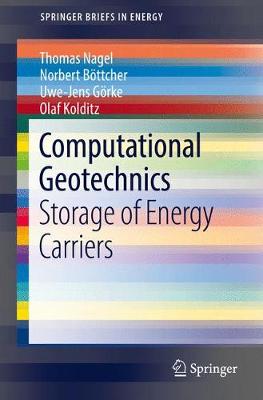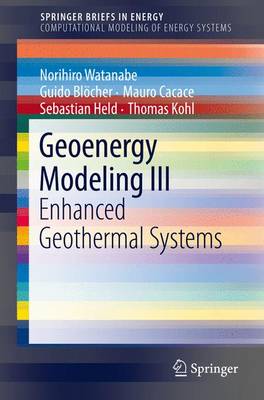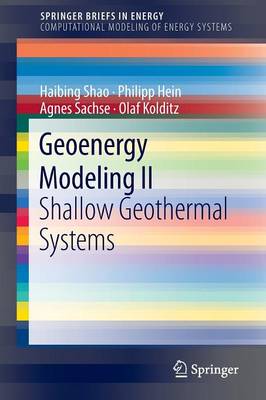SpringerBriefs in Energy
5 total works
Computational Geotechnics
by Thomas Nagel, Norbert Boettcher, Uwe-Jens Goerke, and Olaf Kolditz
Geoenergy Modeling III
by Norihiro Watanabe, Guido Bloecher, Mauro Cacace, Sebastian Held, and Thomas Kohl
This book focuses on numerical modeling of deep hydrothermal and petrothermal systems in fractured georeservoirs for utilization in Geothermal Energy applications. The authors explain the particular challenges and approaches to modeling heat transport and high-throughput flow in multiply fractured porous rock formations. In order to help readers gain a system-level understanding of the necessary analysis, the authors include detailed examples of growing complexity as the techniques explained in the text are introduced. The coverage culminates with the fully-coupled analysis of real deep geothermal test-sites located in Germany and France.
Geoenergy Modeling II
by Haibing Shao, Philipp Hein, Agnes Sachse, and Olaf Kolditz
Geoenergy Modeling I
by Norbert Boettcher, Norihiro Watanabe, Uwe-Jens Goerke, and Olaf Kolditz




